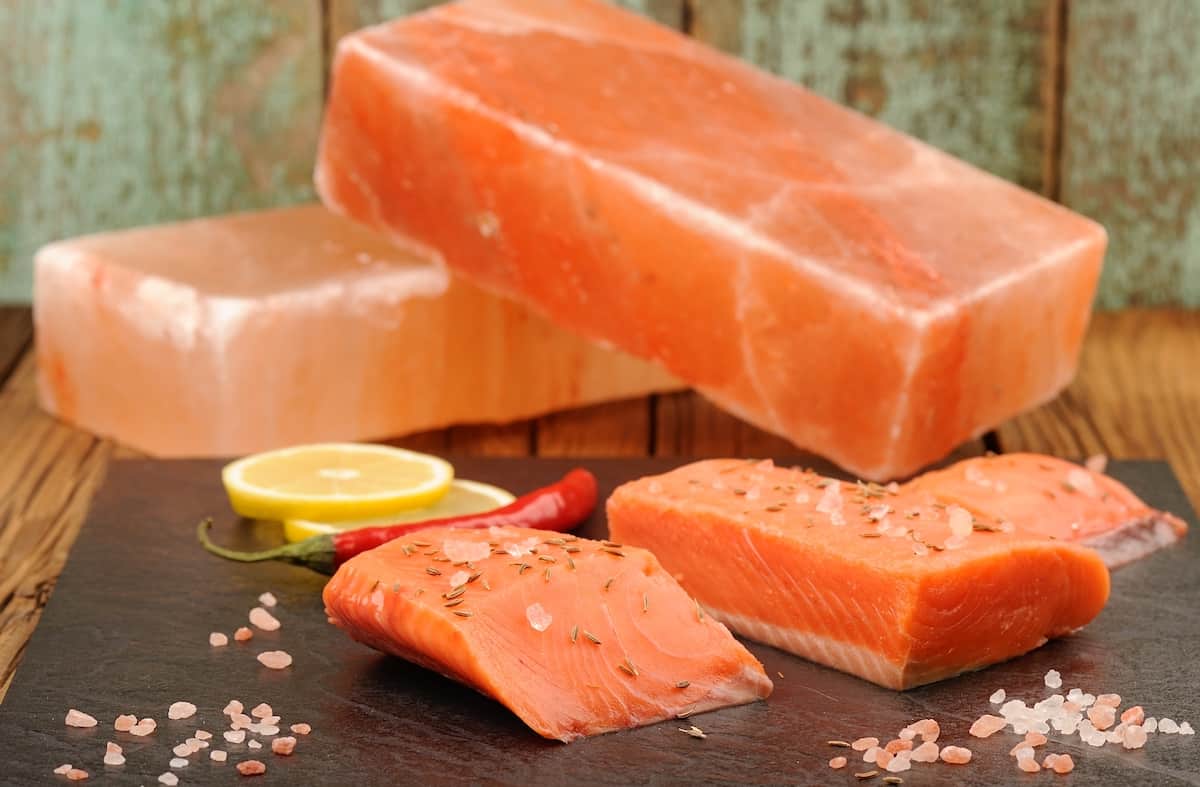

Articles
How To Store Himalayan Salt Block
Modified: December 7, 2023
Learn the best techniques for storing your Himalayan salt block in this informative article. Keep it fresh and ready for your next cooking adventure.
(Many of the links in this article redirect to a specific reviewed product. Your purchase of these products through affiliate links helps to generate commission for Storables.com, at no extra cost. Learn more)
Introduction
When it comes to cooking and seasoning, many home cooks and professional chefs alike have discovered the wonders of using a Himalayan salt block. These blocks, made from pure salt mined from the Himalayan mountains, are not only visually stunning but also impart a unique flavor to your dishes.
However, to ensure the longevity and quality of your Himalayan salt block, proper storage is essential. Storing it incorrectly can result in damage, loss of flavor, and even potential health risks. In this article, we will explore why storing a Himalayan salt block properly is important and provide you with a step-by-step guide for doing so.
Key Takeaways:
- Proper storage of Himalayan salt block is crucial to preserve its integrity, flavor, and lifespan. Consider cleanliness, absorbency, temperature, and protection to ensure optimal condition.
- Avoid common mistakes like storing in damp environments, not cleaning properly, or exposing to extreme temperatures to maintain the longevity and quality of your Himalayan salt block.
Read more: How To Store A Salt Block
Why Store Himalayan Salt Block Properly?
Proper storage of your Himalayan salt block is crucial for several reasons:
- Preserve the integrity of the block: A Himalayan salt block is susceptible to damage if not stored correctly. Exposure to moisture, heat, or extreme temperatures can cause the block to crack, crumble, or lose its shape. By storing it properly, you can ensure that the block remains intact and in good condition.
- Maintain the flavor and quality: Himalayan salt blocks are known for their unique flavor-enhancing properties. When stored improperly, the block can absorb unwanted odors or flavors from its surroundings, compromising the taste of your dishes. Proper storage helps to preserve the purity and quality of the salt, allowing it to impart its signature taste to your food.
- Ensure food safety: Salt blocks are naturally antimicrobial, which means they inhibit the growth of bacteria. However, if not stored properly, the block can become a breeding ground for bacteria or other contaminants. By following the correct storage methods, you can minimize the risk of foodborne illnesses and ensure a safe cooking environment.
- Prolong the lifespan: With proper storage and care, a Himalayan salt block can last for many uses. By protecting it from damage and maintaining its quality, you can extend its lifespan and enjoy the benefits of using it for a longer period.
Now that we understand the importance of storing a Himalayan salt block properly, let’s explore the factors to consider before storing it.
Things to Consider Before Storing a Himalayan Salt Block
Before you store your Himalayan salt block, there are a few important factors to keep in mind:
- Cleanliness: Ensure that your salt block is clean and free from any food residue or grease. Use a damp cloth or a mild detergent to gently clean the surface, and let it air dry completely before storing.
- Absorbency: Himalayan salt blocks are known to absorb moisture easily. It is crucial to store them in a dry environment to prevent the block from becoming damp or soggy. Choose a storage area that is away from humid or damp areas, such as the kitchen sink or dishwasher.
- Temperature: Salt blocks are sensitive to temperature changes. Avoid exposing them to extreme heat or cold, as this can cause the block to expand or contract rapidly, leading to cracks or damage. It is best to store the block in a cool and stable environment.
- Protection: To prevent accidental damage or breakage, consider using a storage container or a protective cover for your Himalayan salt block. This will shield it from accidental bumps, falls, or excessive handling.
- Away from odors: Himalayan salt is naturally porous and can easily absorb odors from its surroundings. Avoid storing the block near strong-smelling substances, such as spices, garlic, or cleaning agents, as this can affect the taste of the salt and your dishes.
By taking these factors into account, you can ensure that your Himalayan salt block remains in optimal condition during storage. Now, let’s move on to the step-by-step guide for storing your salt block.
Step-by-Step Guide for Storing Himalayan Salt Block
Follow these simple steps to properly store your Himalayan salt block:
- Clean the block: Before storing, make sure the salt block is clean and free from any residue. Use a damp cloth or mild detergent to gently clean the surface, and allow it to air dry completely.
- Choose a dry storage area: Find a cool and dry location to store your salt block. Avoid areas with high humidity, such as the kitchen sink or near the stove, as this can cause moisture absorption and damage the block.
- Wrap in a breathable material: To protect the block from dust and debris, wrap it in a breathable material like a clean cotton towel or muslin cloth. This will prevent direct contact with any potential contaminants while still allowing the block to breathe.
- Place in a secure container: If possible, store the wrapped salt block in a container that provides additional protection. This can be a plastic container with a tight-fitting lid or a food-grade storage bag. Ensure that the container is clean and dry before placing the block inside.
- Store away from strong odors: Keep your salt block away from strong-smelling substances like spices, garlic, or cleaning agents. These odors can transfer to the salt, affecting its flavor and overall quality.
- Avoid stacking: If you have multiple salt blocks, avoid stacking them on top of each other during storage. This can lead to unnecessary pressure and increase the risk of breakage or damage. Instead, store them side by side or use separate containers.
Following these steps will help ensure that your Himalayan salt block remains protected and in good condition until your next use. Now, let’s explore some helpful tips for maintaining the quality of your salt block.
After using your Himalayan salt block, make sure to thoroughly dry it before storing it in a cool, dry place. Avoid exposure to moisture to prevent the block from dissolving or cracking.
Tips for Maintaining the Quality of Himalayan Salt Block
To keep your Himalayan salt block in optimal condition and maintain its quality, consider the following tips:
- Proper handling: When using your salt block, handle it with care. Avoid dropping or banging it on hard surfaces, as this can cause cracks or breakage.
- Gradual heating and cooling: When heating or cooling your salt block for cooking or serving, it is important to do so gradually. Rapid temperature changes can result in cracks or shattering. Start with low heat and gradually increase it, or allow the block to cool down slowly after use before storing it.
- Regular cleaning: After each use, clean the salt block with a damp cloth or a mild detergent. Avoid using excessive water or soaking the block, as it can dissolve the salt and reduce its lifespan.
- Air drying: Always allow the salt block to air dry completely before storing. Moisture can cause damage and promote bacterial growth, so ensuring it is thoroughly dry is essential.
- Rotate sides: To ensure even wear and extend the lifespan of your salt block, rotate the sides you cook or serve on. This will prevent one side from becoming overly worn or depleted.
- Use a salt plate holder: Consider investing in a salt plate holder or stand to provide additional stability and protection for your salt block when grilling or serving. This can help prevent accidental slipping and damage.
- Store in a cool, dry place: As mentioned earlier, it is crucial to store your salt block in a cool and dry environment. Avoid areas with high humidity, direct sunlight, or extreme temperatures that can compromise the block’s quality.
By following these tips, you can ensure that your Himalayan salt block maintains its integrity, flavor-enhancing properties, and longevity. Now, let’s discuss some common mistakes to avoid when storing a Himalayan salt block.
Read more: What Is A Himalayan Salt Lamp Good For?
Common Mistakes to Avoid while Storing Himalayan Salt Block
When it comes to storing your Himalayan salt block, be mindful of these common mistakes to avoid:
- Storing in a damp environment: Moisture is the enemy of salt blocks. Avoid storing your block in areas with high humidity or near water sources, as it can cause the block to become damp and eventually dissolve.
- Not cleaning the block properly: Failure to clean the salt block thoroughly after each use can lead to the accumulation of food residue or grease. This can affect the flavor of your dishes and increase the risk of bacterial growth.
- Exposing the block to extreme temperatures: Rapid temperature changes can cause the salt block to crack or shatter. Avoid placing a hot block directly in cold water or subjecting it to sudden temperature variations.
- Storing in direct sunlight: Exposure to direct sunlight can accelerate the breakdown of the salt block and cause it to deteriorate. Store your block in a cool, dark place away from sunlight to preserve its quality.
- Not protecting the block: Failing to use a protective cover or container for your salt block can increase the risk of accidental damage or contamination. Shield it from potential hazards and handle it with care.
- Stacking multiple salt blocks: Avoid stacking multiple salt blocks on top of each other during storage. This can put excessive pressure on the blocks and lead to breakage or cracking.
- Using strong chemicals for cleaning: Harsh chemicals or abrasive cleaning agents can damage the salt block and compromise its integrity. Stick to mild detergents or simply wipe it with a damp cloth.
By avoiding these common mistakes, you can ensure the longevity and quality of your Himalayan salt block. Now let’s summarize the key points.
Conclusion
Proper storage of your Himalayan salt block is essential to preserve its integrity, flavor, and lifespan. By following the right techniques, you can ensure that your salt block remains in optimal condition and continues to enhance the taste of your dishes.
Before storing your salt block, consider factors such as cleanliness, absorbency, temperature, and protection. Keep it clean, free from moisture, and stored in a dry, cool place away from strong odors. Use a breathable material to wrap it and consider placing it in a secure container for added protection.
Maintaining the quality of your salt block requires proper handling, gradual temperature changes, regular cleaning, and thorough drying. Rotate the sides you cook or serve on, use a salt plate holder for stability, and store it in a cool, dry place.
Avoid common mistakes like storing the block in damp environments, not cleaning it properly, exposing it to extreme temperatures, or failing to protect it. By being mindful of these mistakes, you can ensure the longevity and quality of your salt block.
So, take care of your Himalayan salt block and enjoy the unique flavors it brings to your culinary creations. With proper storage and maintenance, your salt block will continue to delight your taste buds for many meals to come.
Frequently Asked Questions about How To Store Himalayan Salt Block
Was this page helpful?
At Storables.com, we guarantee accurate and reliable information. Our content, validated by Expert Board Contributors, is crafted following stringent Editorial Policies. We're committed to providing you with well-researched, expert-backed insights for all your informational needs.
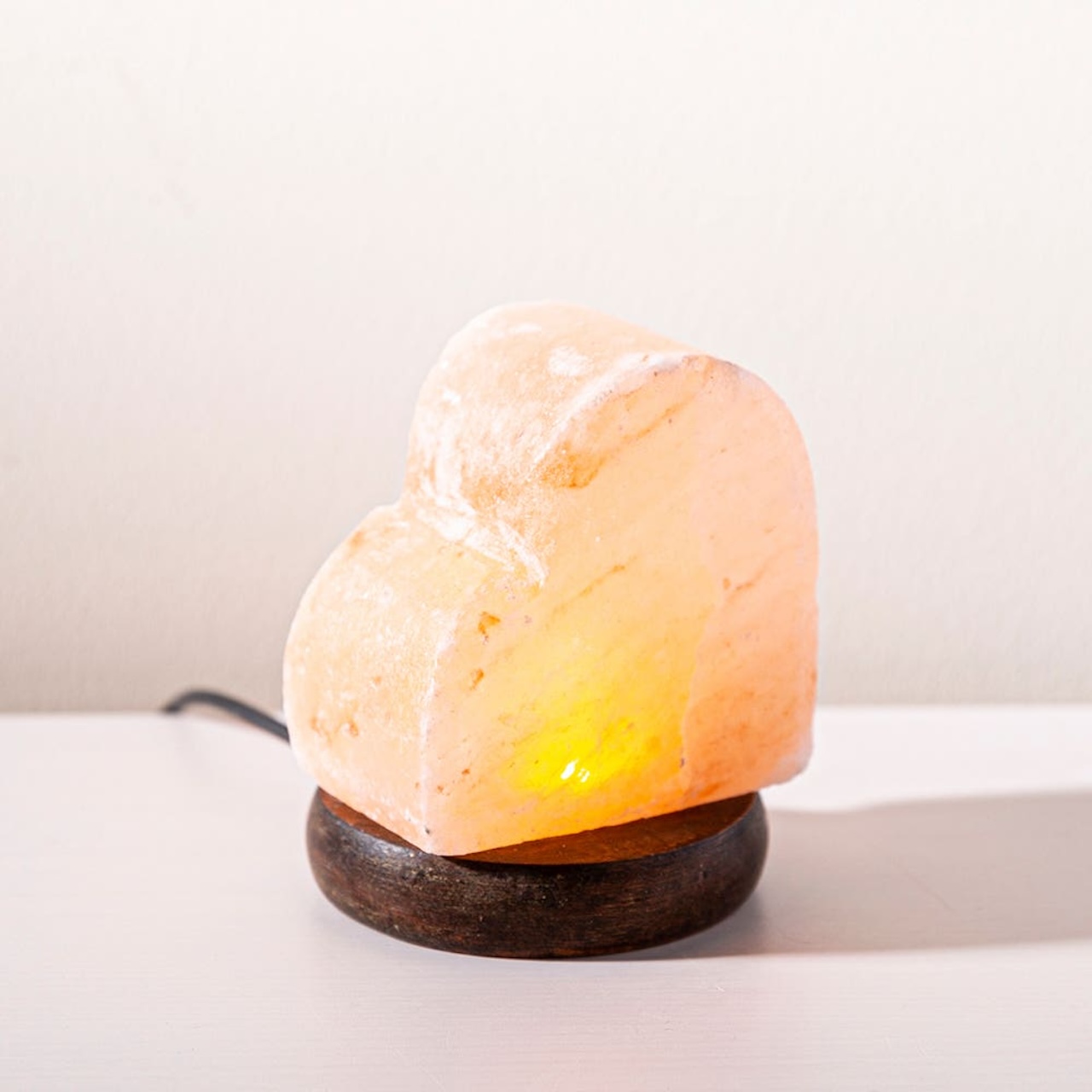
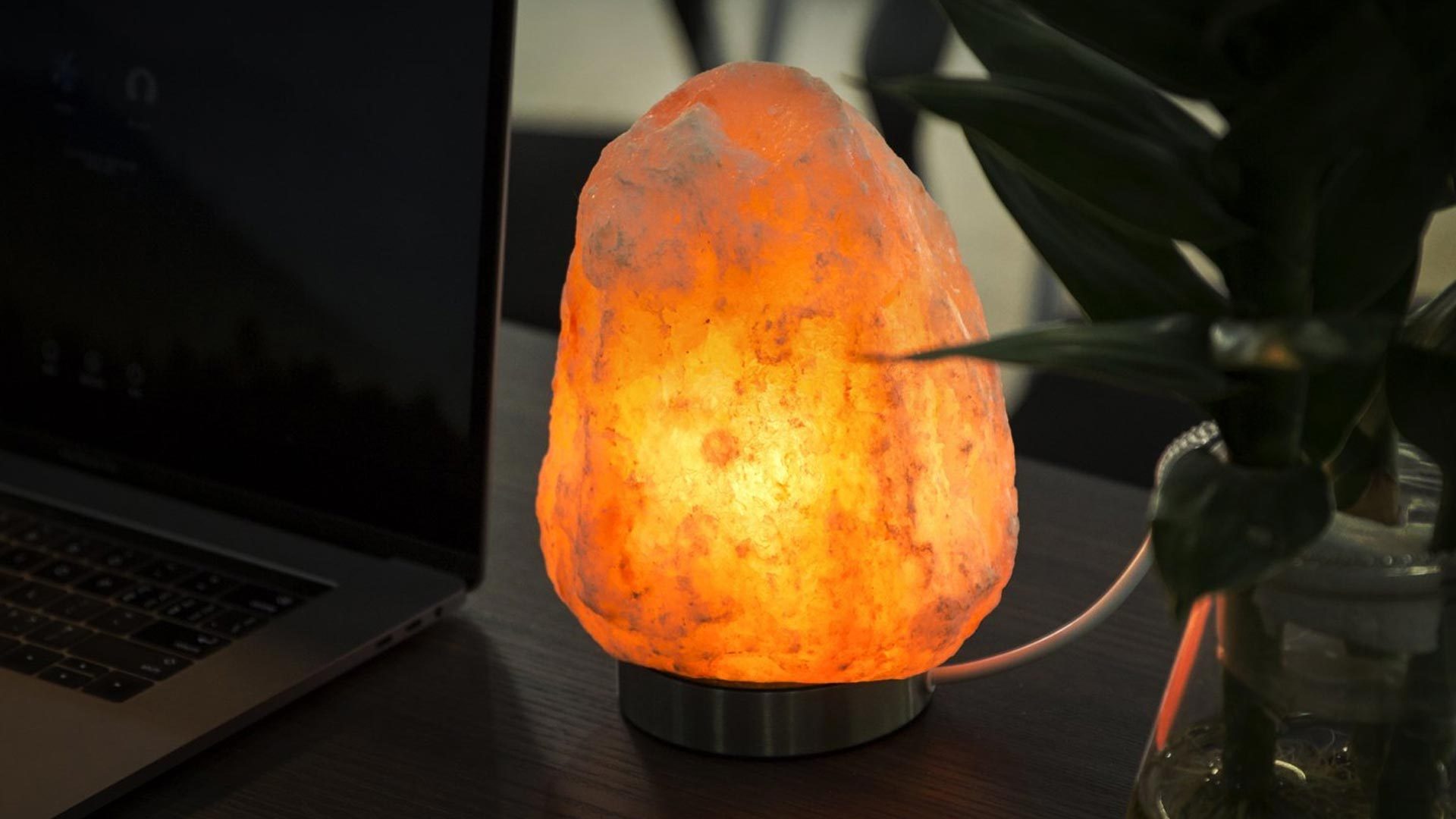
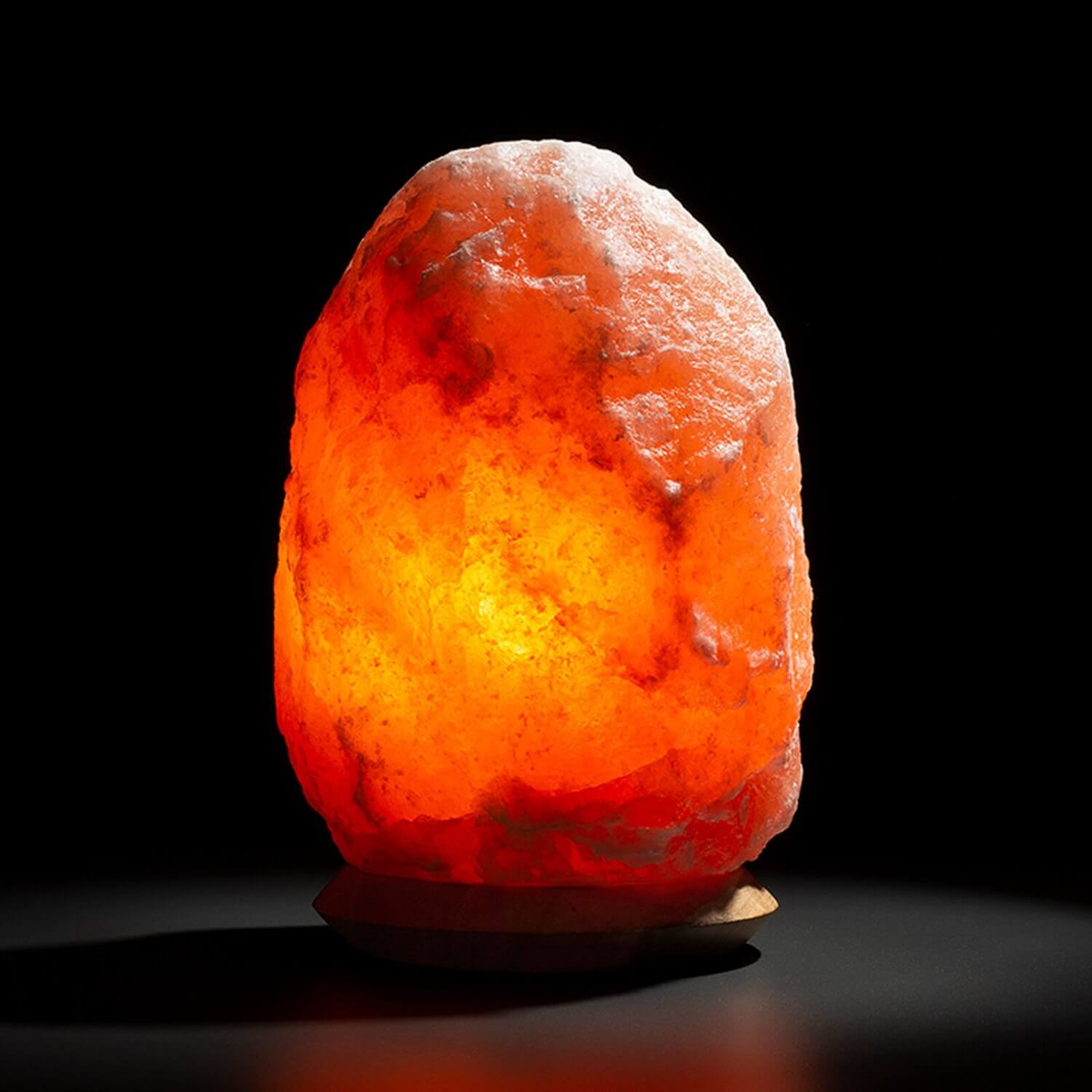
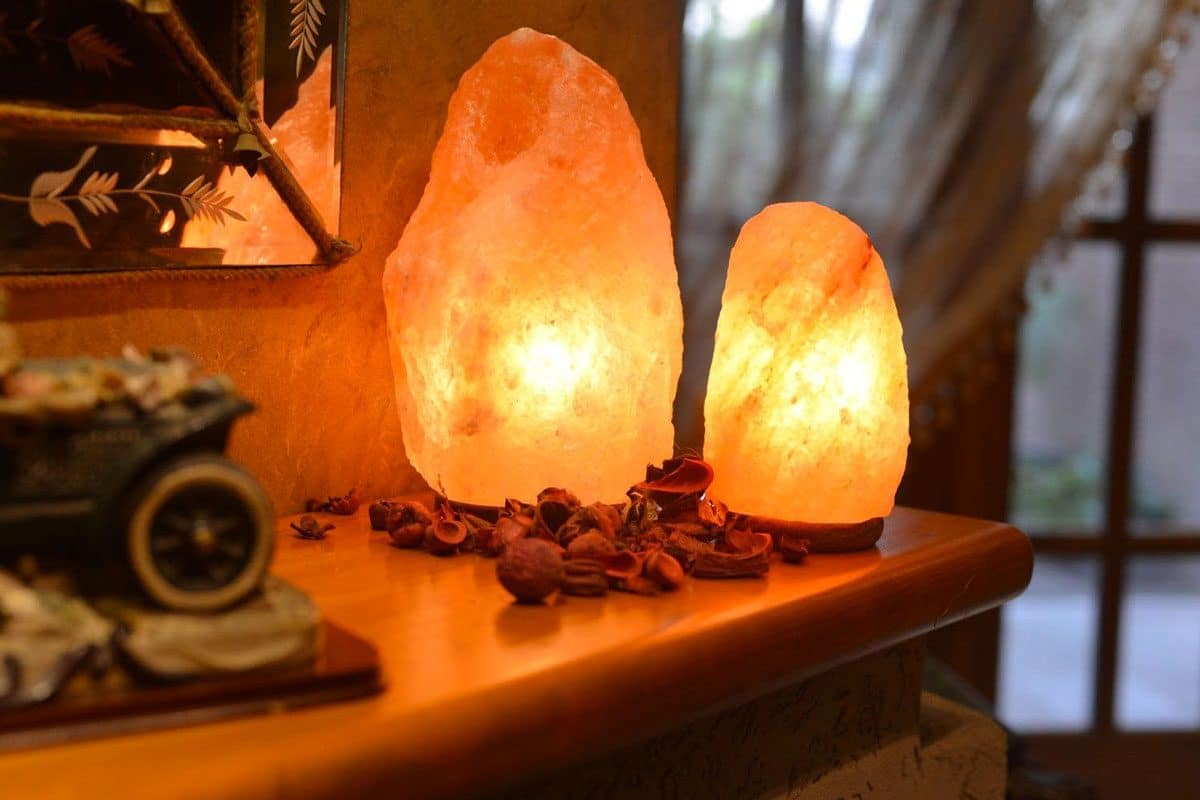
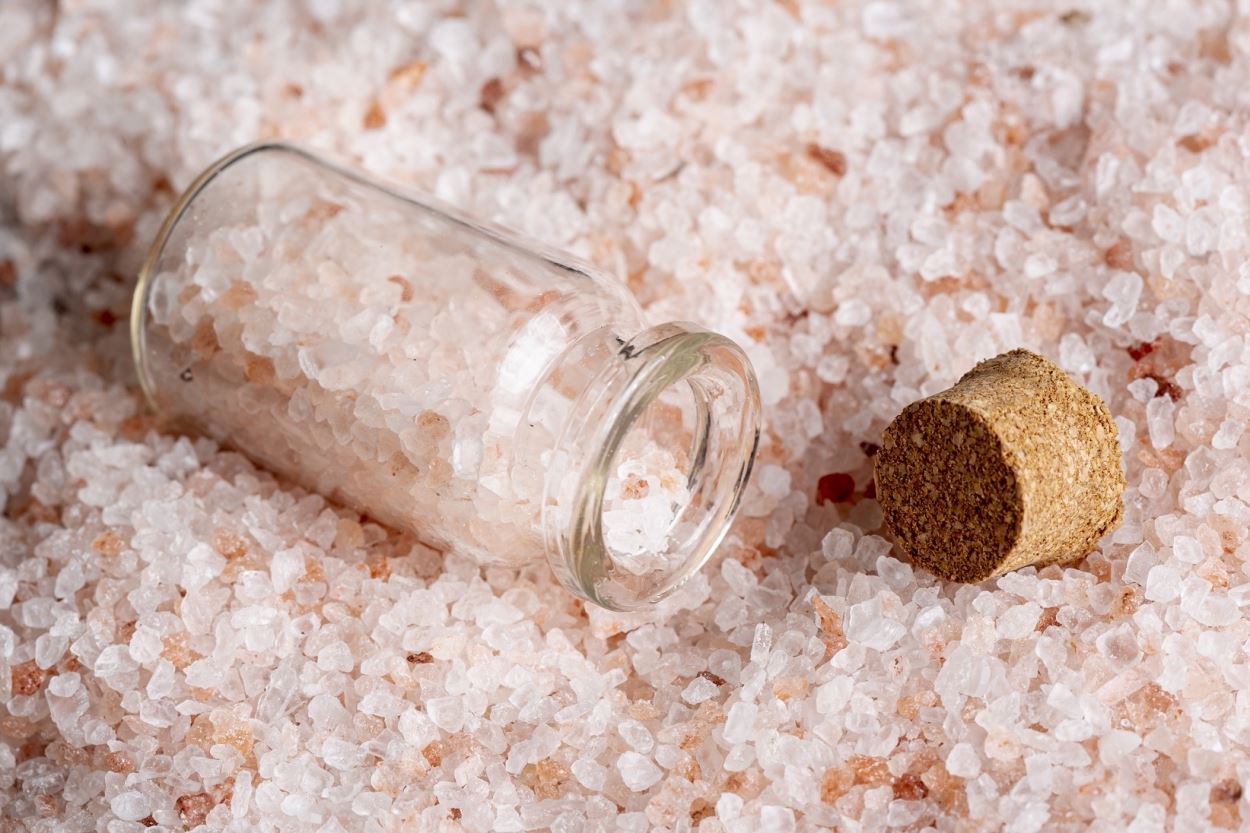
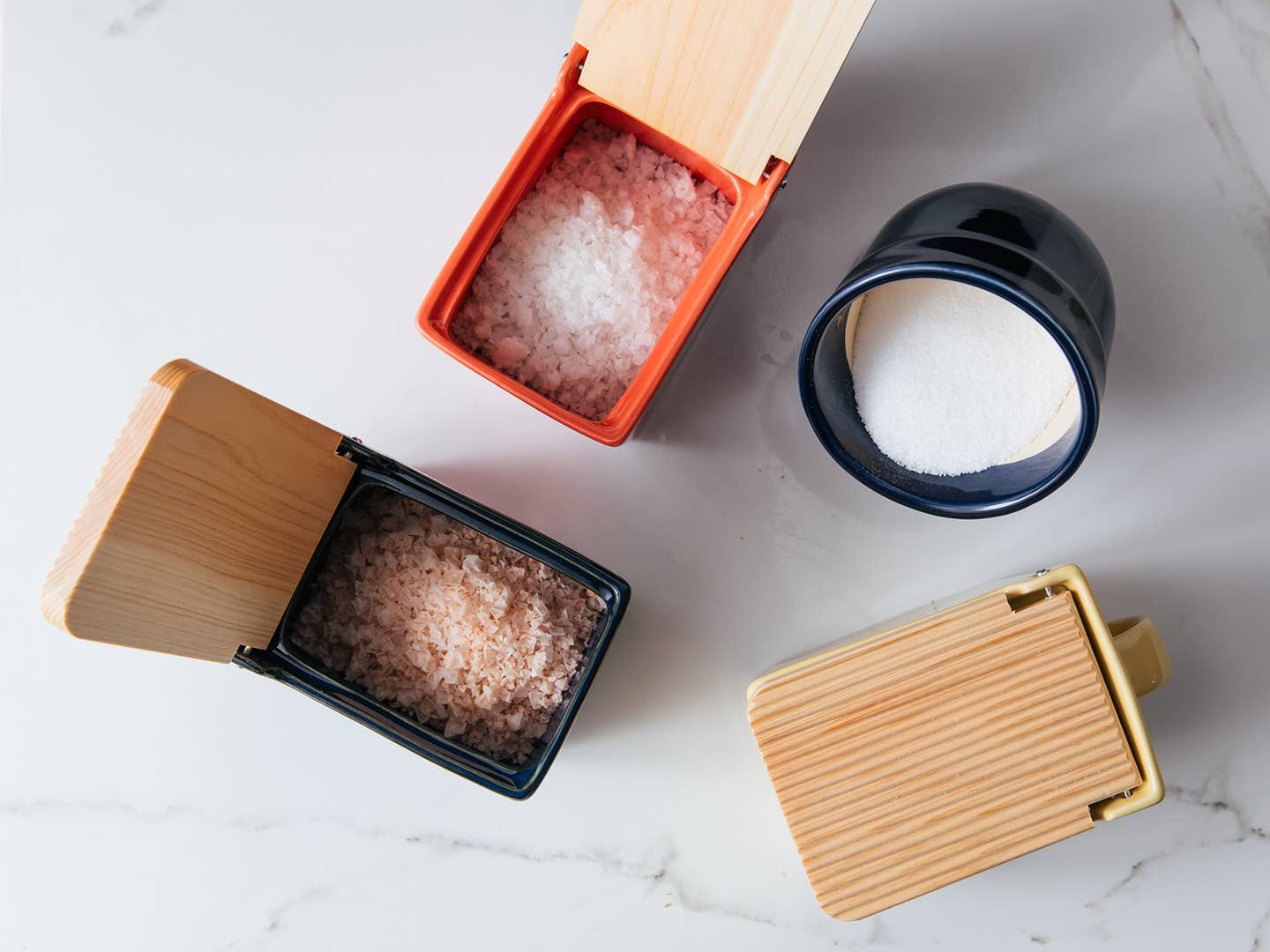
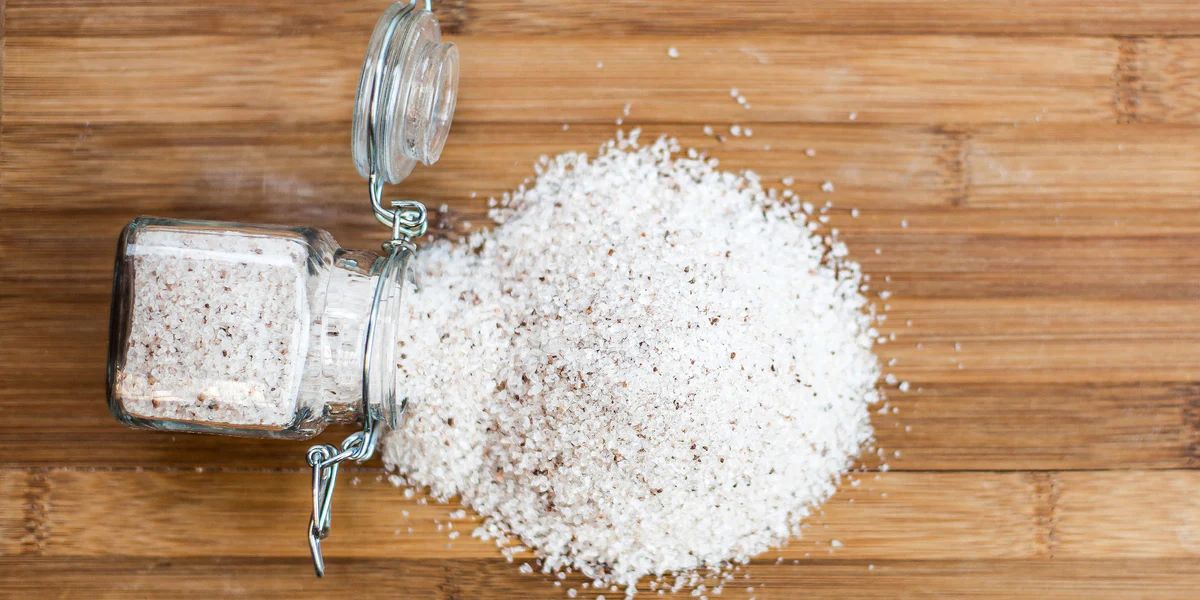
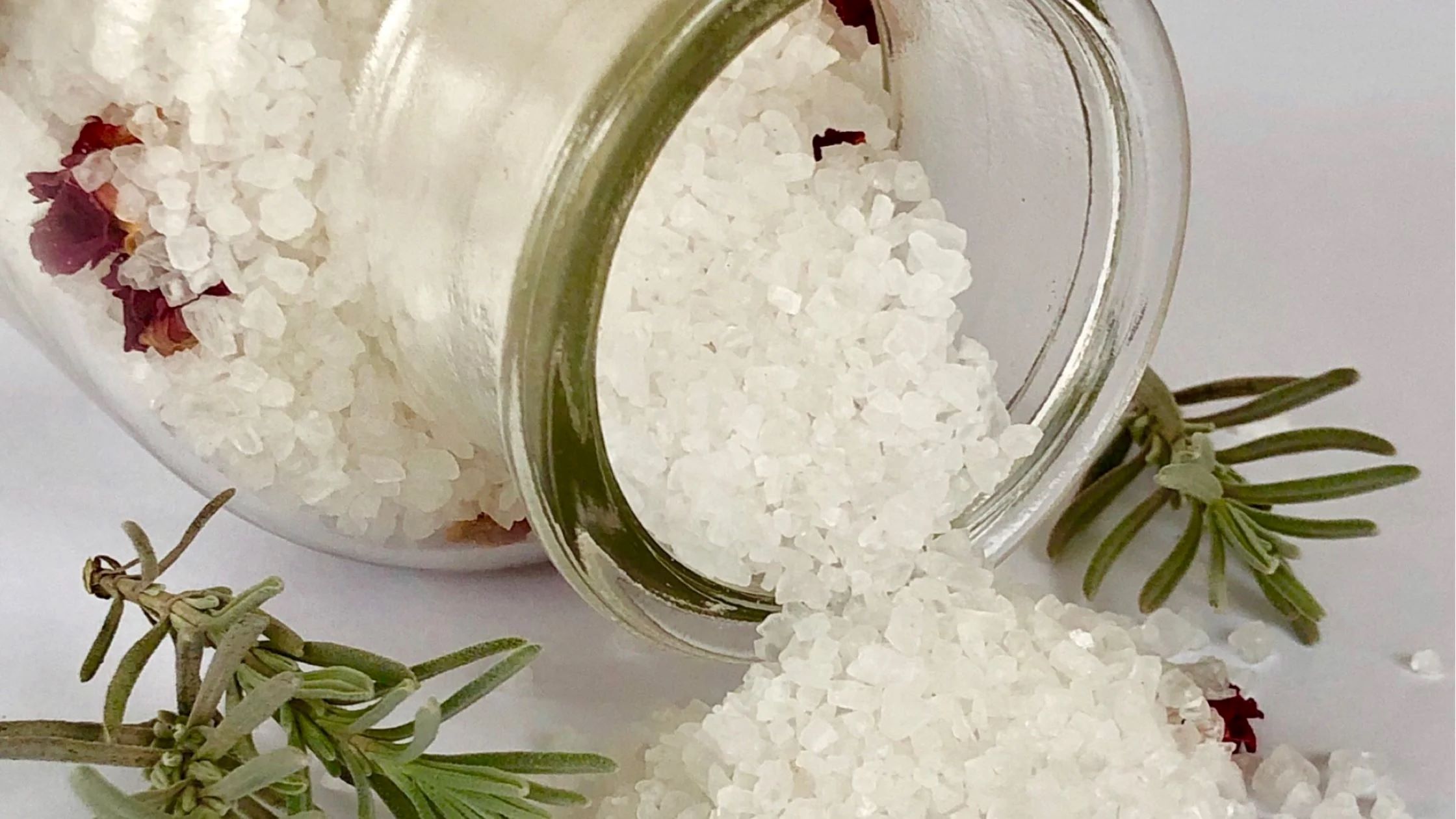
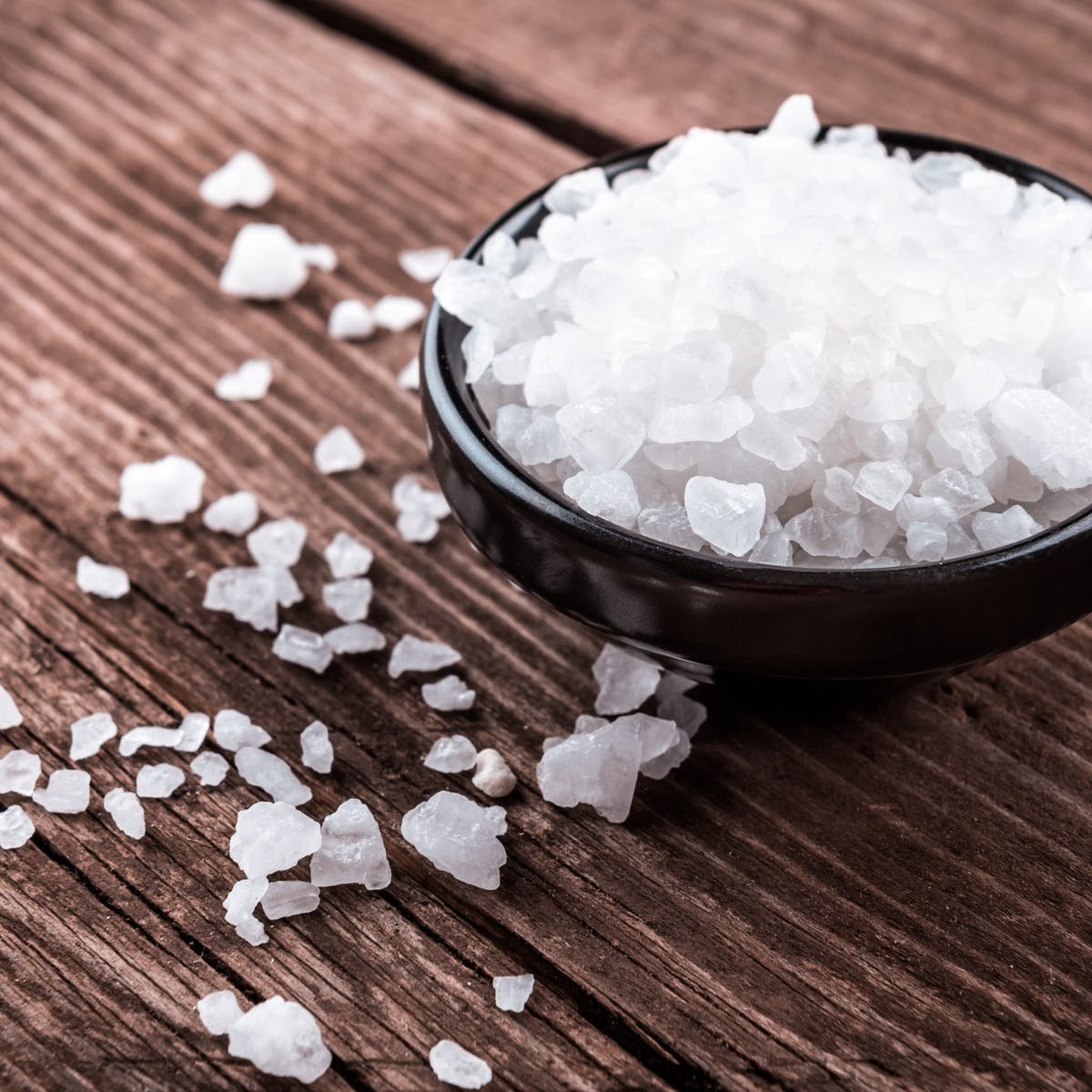
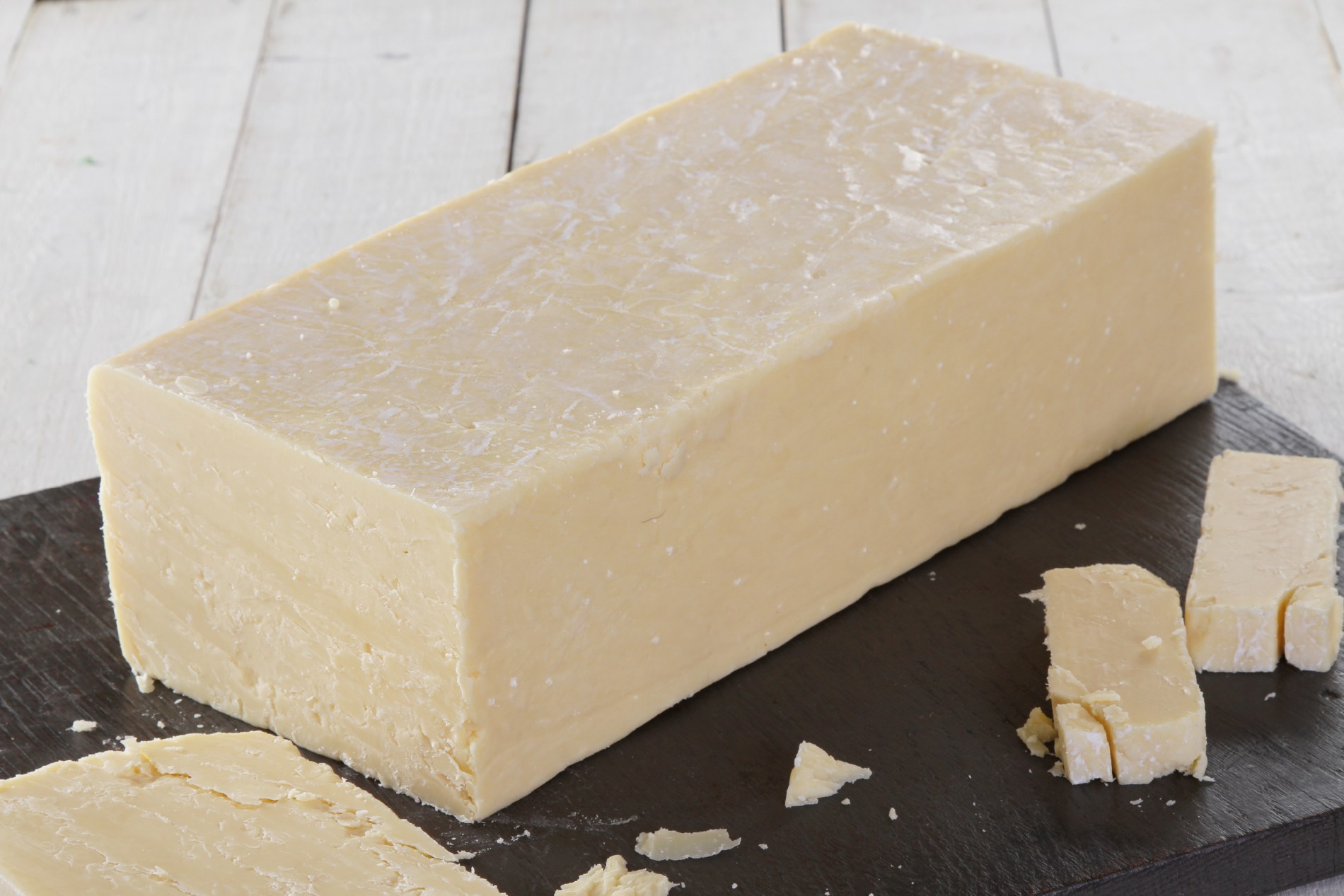
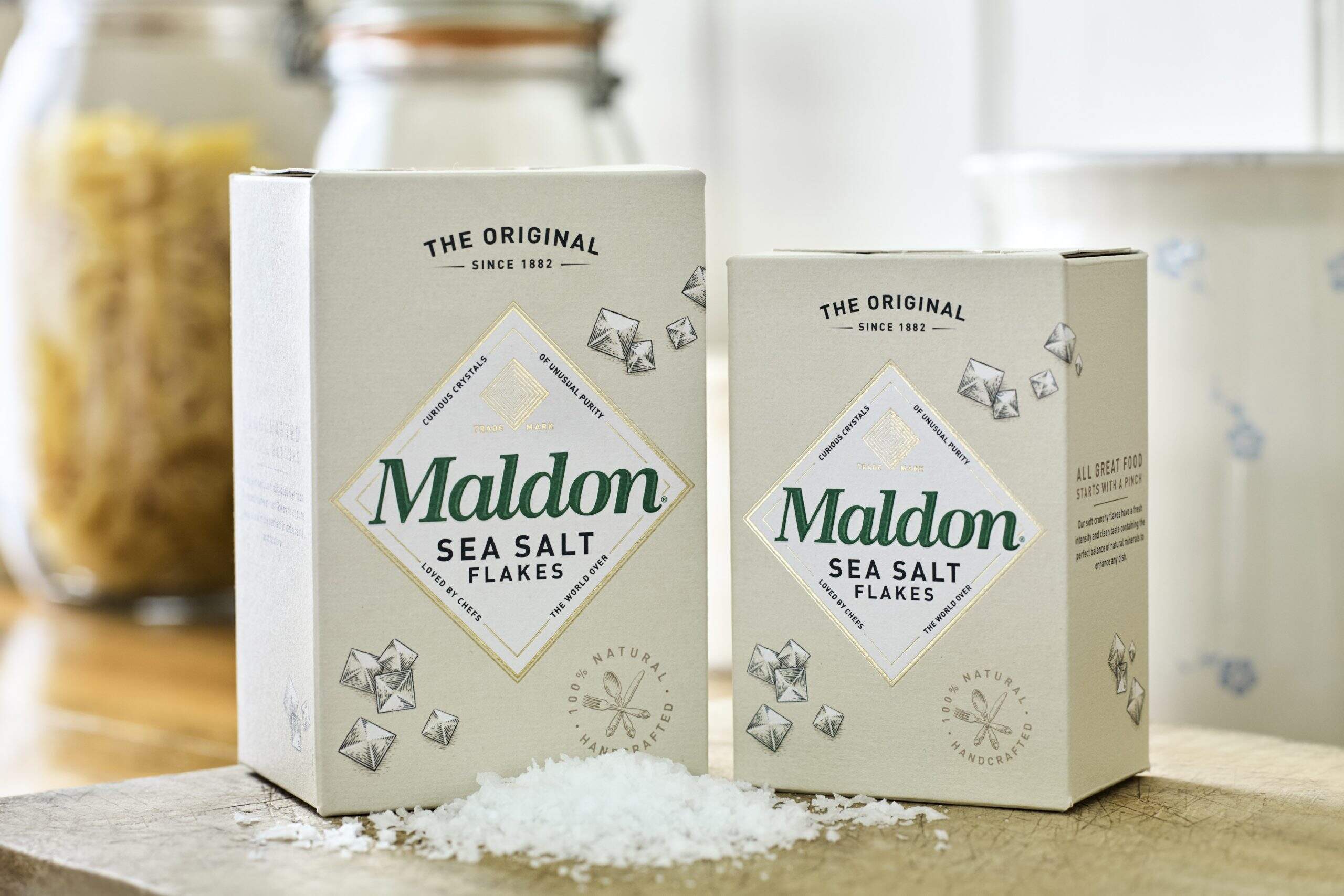
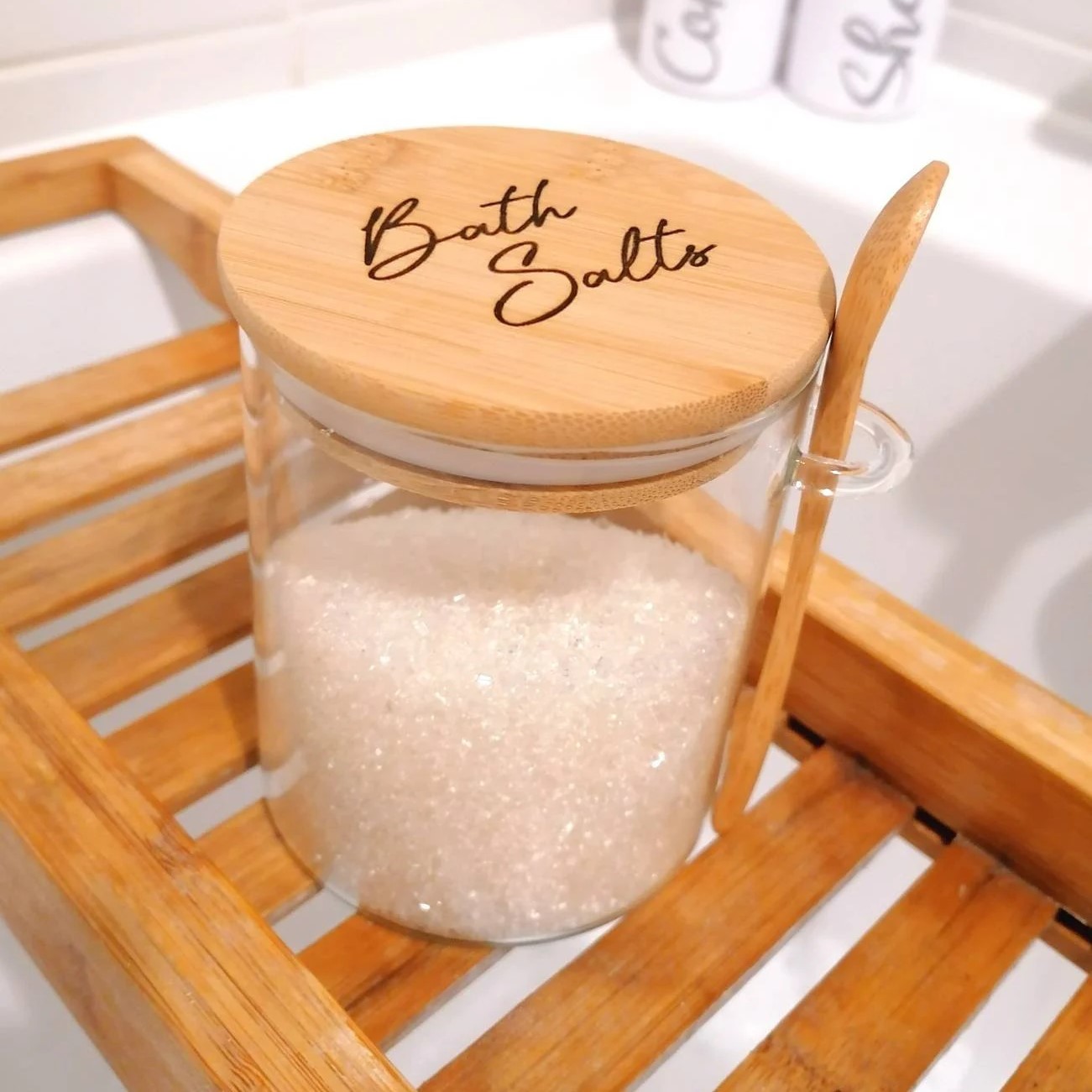

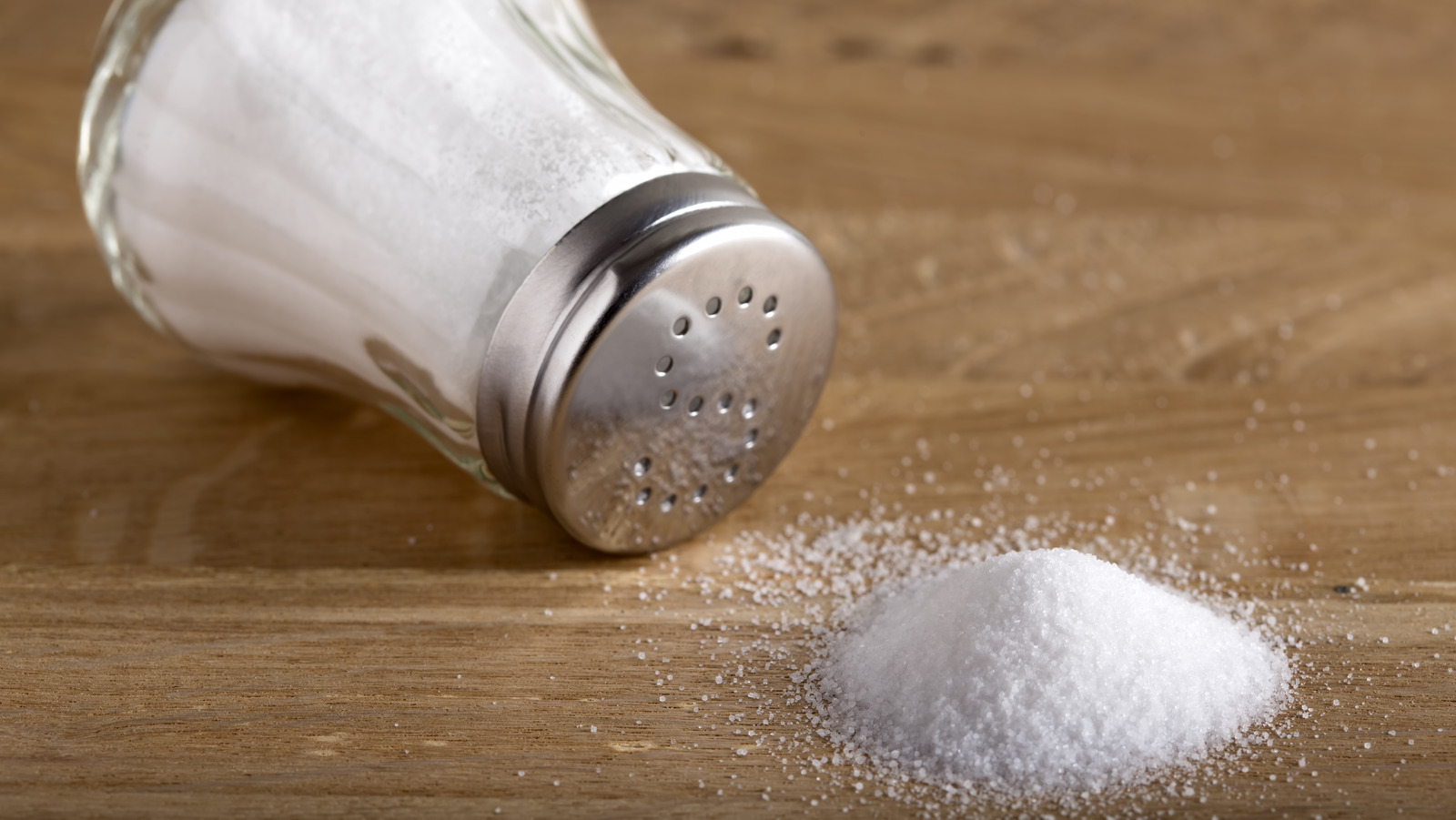

0 thoughts on “How To Store Himalayan Salt Block”